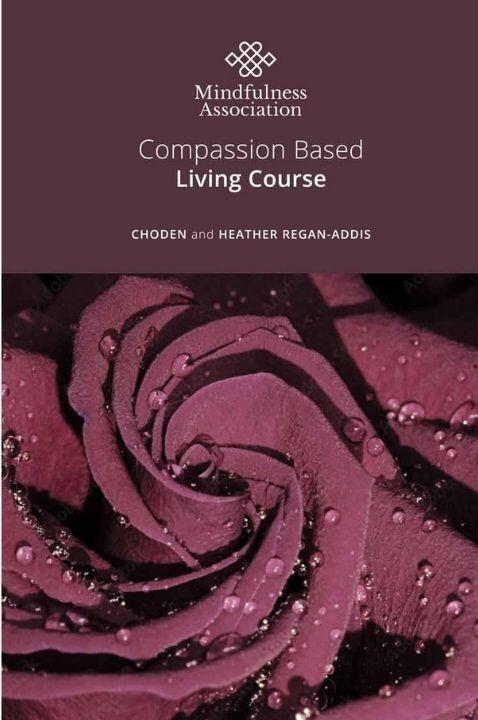Here is an extract from the book.
Compassionate Mess
The term ‘compassionate mess’ was famously coined by Rob Nairn in one of our early compassion retreats. It resonated with many of us and over time it has become a core theme in our compassion training. Rob was pointing to exactly the process we have been describing in the paragraphs above. Once we recognise that the human condition is not one of perfection, we can begin to recognise that our inner environment is a bit (or a lot) of a neurotic mess. We can own the fact that we are a compassionate mess. What a relief!
In some of our early retreats Rob would begin by insulting his audience and saying things like, ‘Face it, you are all a bunch of neurotic messes, and what is more I am the biggest mess of you all! So how about we just mess around together and stop pretending!’ The effect was huge. Instead of feeling indignant and taken aback, there was a palpable sense of relief in the room. People could let themselves off the hook of trying to be good and perfect and just accept and befriend the wonderfully quirky and unique person that they really were. We would notice people furtively looking around and thinking, ‘Well maybe these people are like me; they are also insecure and vulnerable and longing to be loved and accepted for who they are – not for who they think they should be’. It was always a poignant moment.
At one memorable retreat in 2009, the Mindfulness Association had recently been formed and we were in the process of setting up structured trainings that continue to this day. We had just launched the first cycle of compassion training and people who had successfully completed the three training weekends were awarded a certificate of completion at the end of this cycle. There was a little ceremony in which we acknowledged each participant, they shared a little about their journey and then Rob handed them the certificate. Just before the ceremony began, Rob had this to say:
“Maybe you are going to get 2 certificates at the end of this course. One will be a certificate of completion, the other a certificate of authority. This second one will say that you are allowed to be human – to be imperfect, dysfunctional and neurotic. So, if nothing else, by the end of this course, you will be happily imperfect, dysfunctional and neurotic. Join the human race! If that is what emerges then I for one will be blissfully happy. My life will have been worthwhile and I will be able to retire. I know I’m given to exaggeration but right now I’m not exaggerating: if you can arrive at that point your life will transform. There is no doubt about it. This is because you will let yourself off a very painful hook. You will finally settle down, and instead of dangling, you will land on your bottom. And it is much more comfortable to sit on your bottom than to dangle on a hook! And then there’s a chance of being happy and bringing happiness to others. So we are taking compassion from the level of interesting aspiration to really nitty-gritty reality. And you may well discover that it is something that you can actualize in your own life, and then bring to others – and still you are not required to be perfect. You can be a compassionate mess. You can go forth into the world as a compassionate mess. We may even develop different categories: the neurotic compassionate, the dysfunctional compassionate, the anxious compassionate, and so forth – there is a place for each one of you and you will find it!” (Nairn, 2009).


